Famous aircraft that made their mark on history
From the earliest days of man’s fascination with flight to the cutting-edge technology of today, aviation has a rich tapestry of stories to tell. These stories are not just about the machines that conquered the sky, but also the remarkable people behind them. Each aircraft carries its own legacy, a chapter in the ever-evolving narrative of human achievement. Let’s embark on a journey through some of the most legendary flying machines and the tales they tell.
The Wright Flyer: The Birth of Aviation
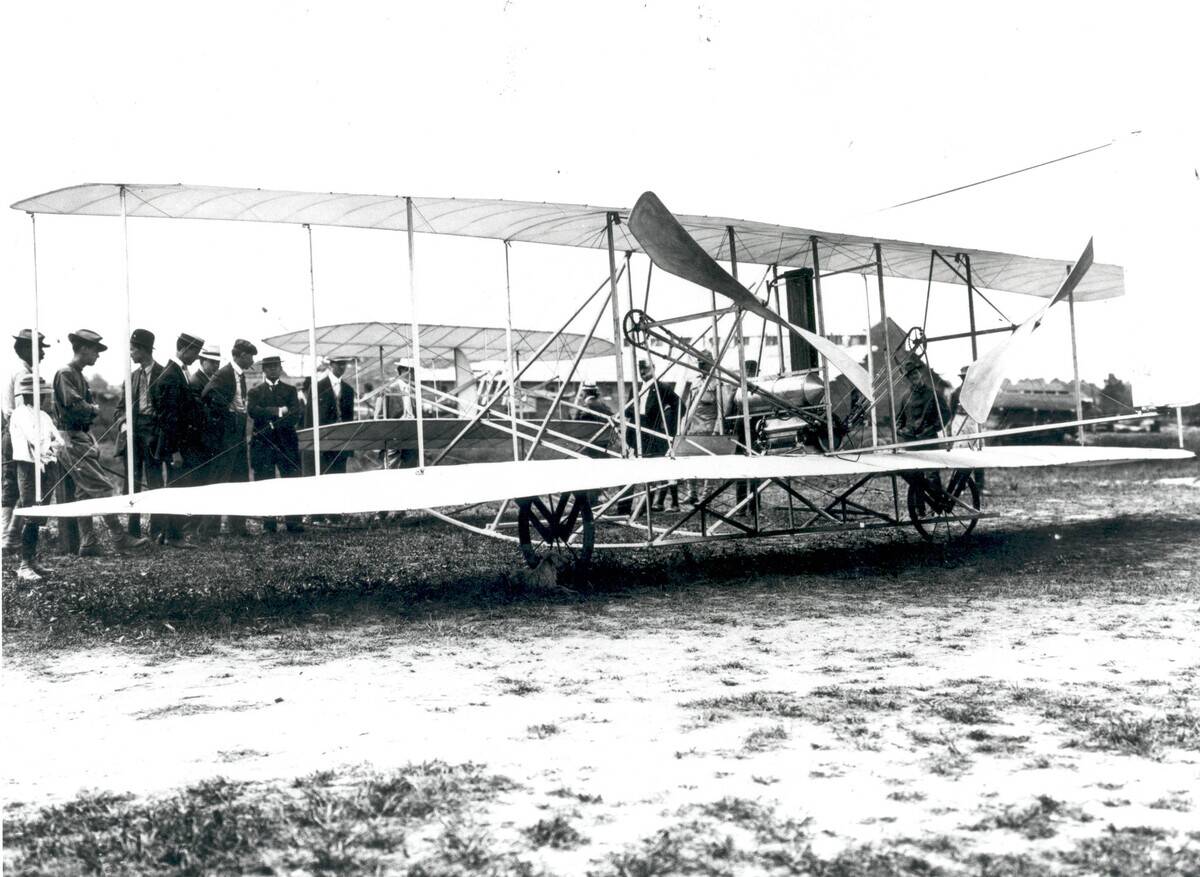
In 1903, the Wright brothers took to the skies in the Wright Flyer, marking the dawn of powered flight. This historic event took place at Kitty Hawk, North Carolina, where Orville Wright piloted the first controlled, sustained flight of a powered, heavier-than-air aircraft. The Flyer was built using spruce wood and muslin, a testament to innovation with limited resources. This modest construction belied the groundbreaking nature of their achievement, which forever changed the course of transportation.
Spirit of St. Louis: Charles Lindbergh’s Historic Journey
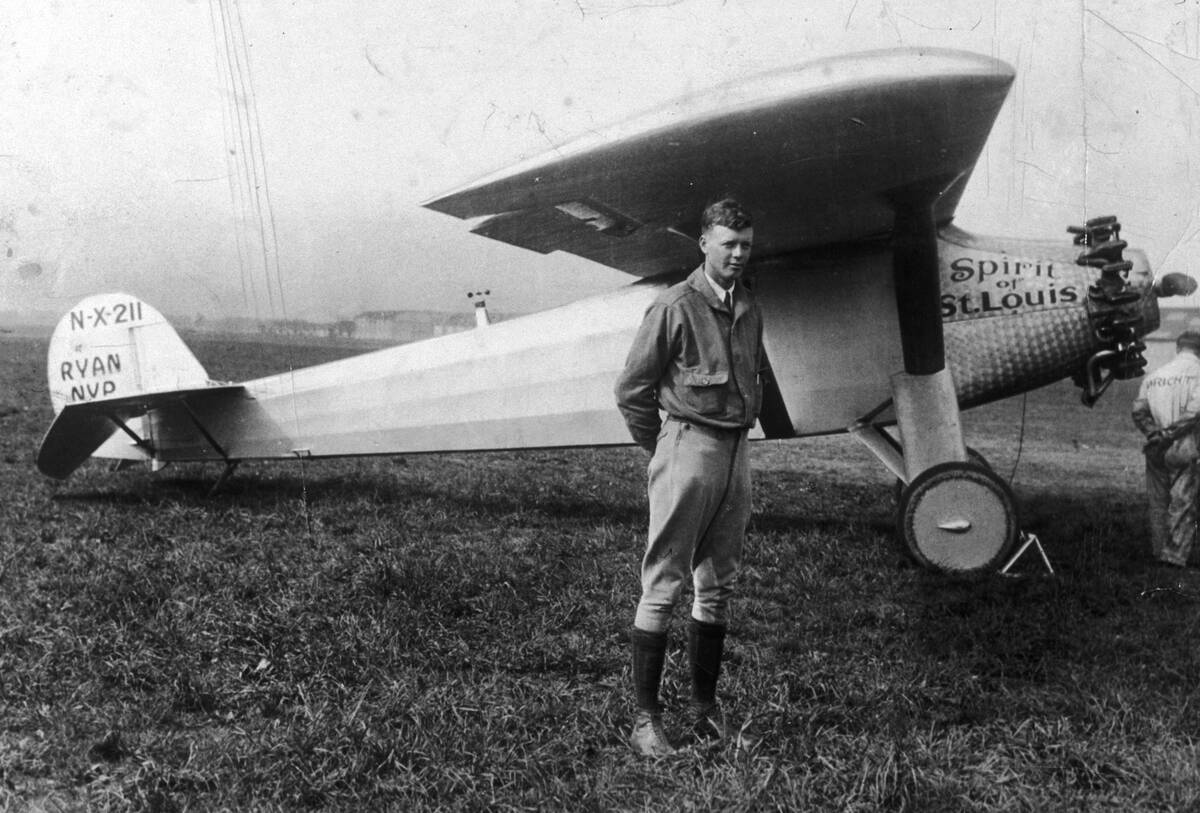
In 1927, Charles Lindbergh became a household name with his solo nonstop flight across the Atlantic Ocean in the Spirit of St. Louis. This remarkable feat began in New York and ended in Paris, covering a distance of approximately 3,600 miles in 33.5 hours. The aircraft, a custom-built Ryan monoplane, was stripped of non-essential equipment to save weight, underscoring Lindbergh’s daring and resourcefulness. His journey inspired countless aviators and fortified the potential of aviation in long-distance travel.
The Hindenburg: A Tragic Icon of the Airships
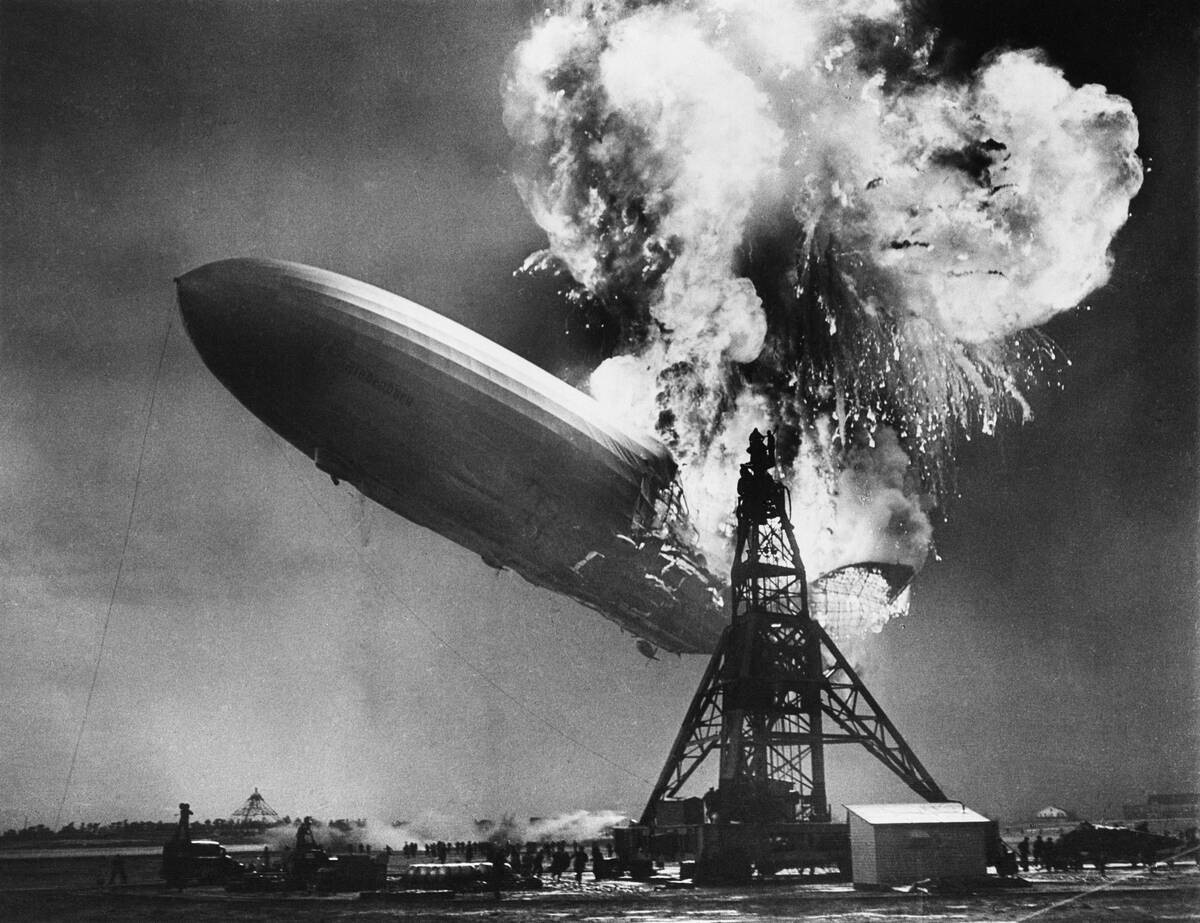
The Hindenburg disaster of 1937 marked the end of the airship era with a fiery spectacle that shocked the world. This German passenger airship was the largest ever built, measuring over 800 feet in length. Tragically, it caught fire while attempting to land in New Jersey, resulting in 36 fatalities. The disaster was widely covered in newsreels and became a cautionary tale about the dangers of hydrogen-filled airships, leading to the decline of this once-popular mode of travel.
Douglas DC-3: The Workhorse of the Skies
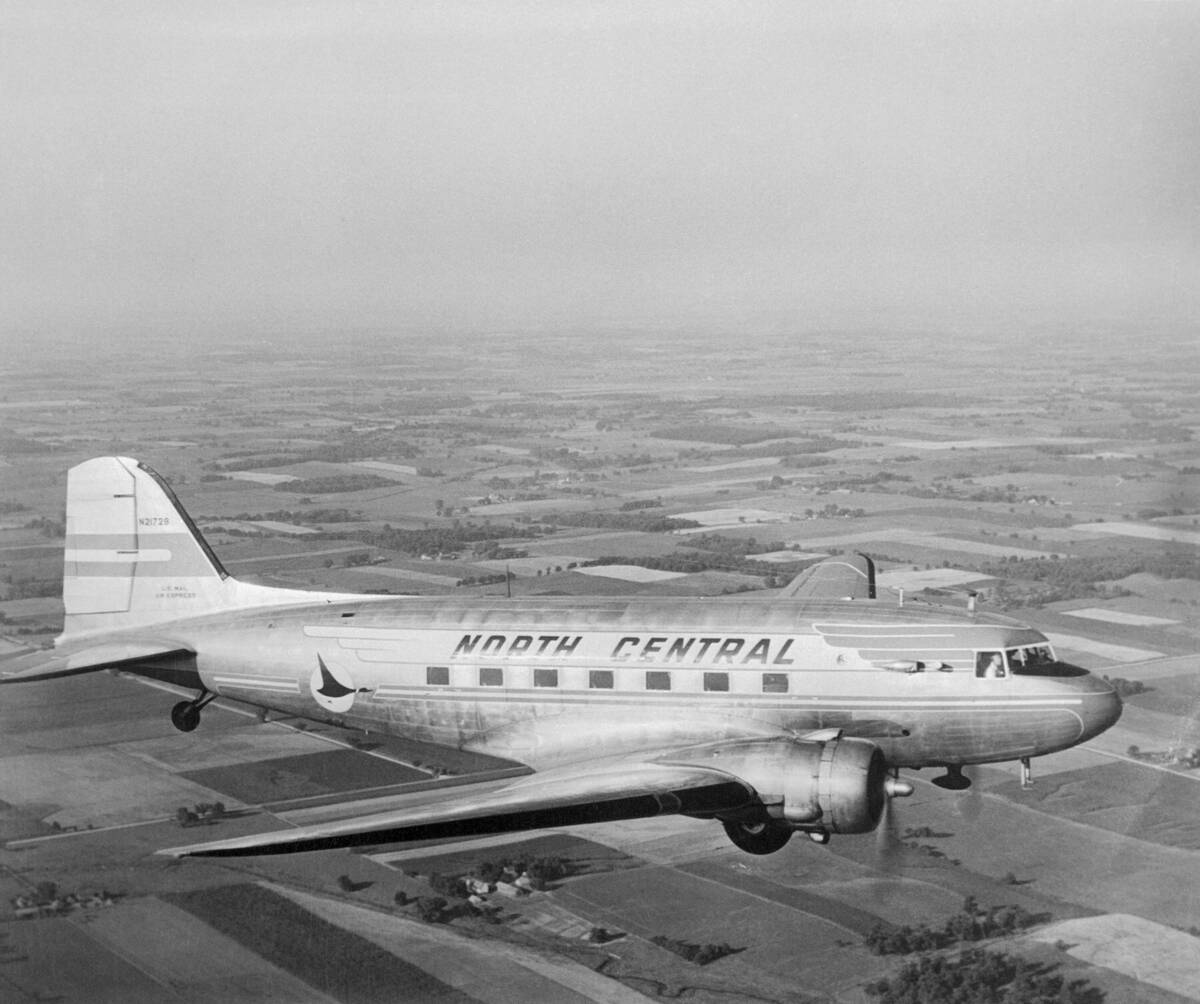
Introduced in the 1930s, the Douglas DC-3 revolutionized air transport and became known as the workhorse of the skies. Its design was a game-changer, offering greater speed, range, and comfort compared to its predecessors. The DC-3’s robust performance made it a favorite among airlines and military forces alike, playing a crucial role in World War II as the C-47 Skytrain. Today, many DC-3s remain in service, a testament to the enduring legacy of this iconic aircraft.
Enola Gay: The Plane That Changed History
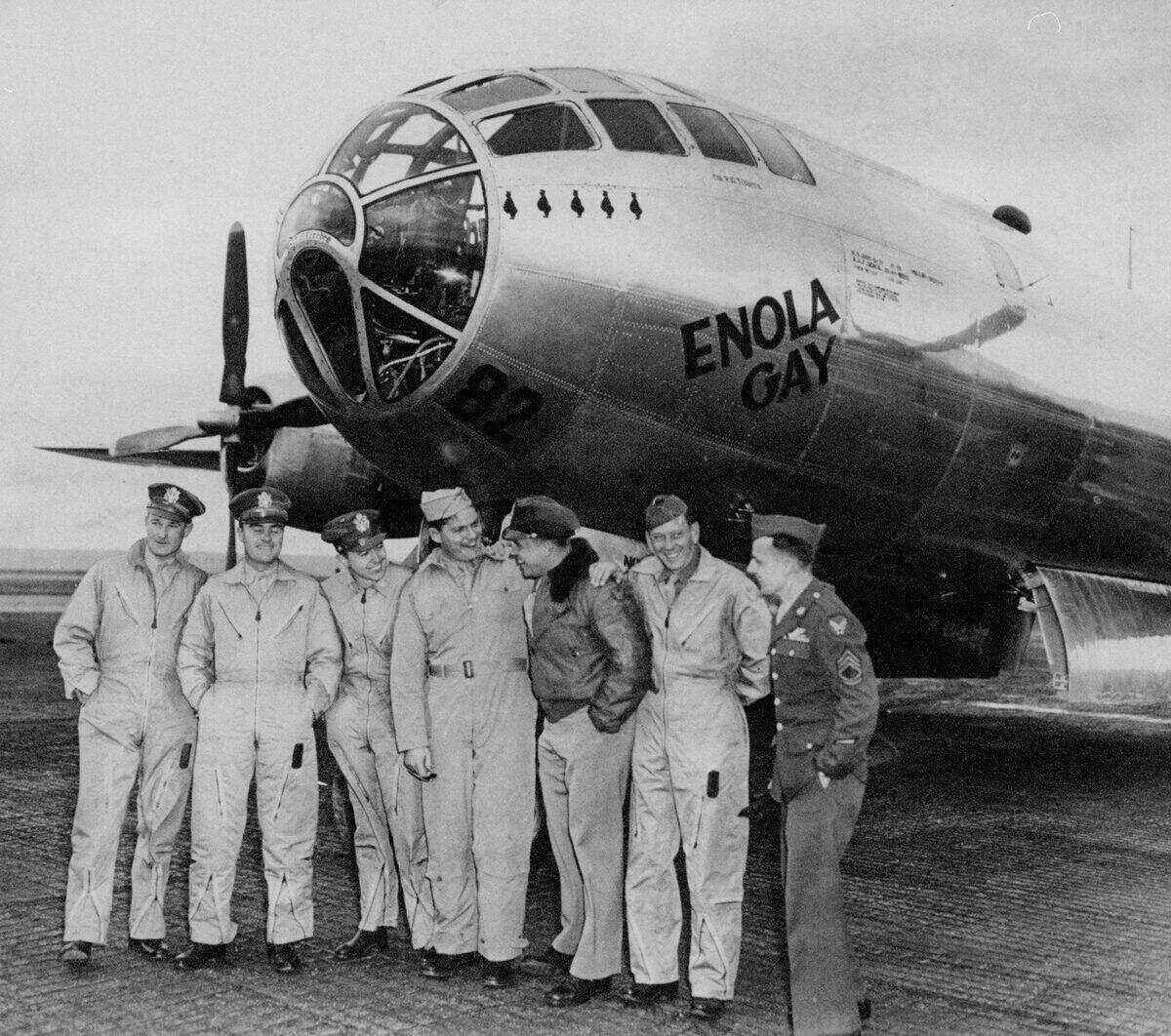
The Enola Gay is etched in history as the B-29 bomber that dropped the first atomic weapon on Hiroshima in 1945, hastening the end of World War II. This mission, led by Colonel Paul Tibbets, highlighted the devastating power of nuclear weapons. The aircraft itself was an engineering marvel of its time, with features like pressurized cabins. The Enola Gay’s role in history is a somber reminder of the profound impact of technological advancement.
Concorde: The Supersonic Dream
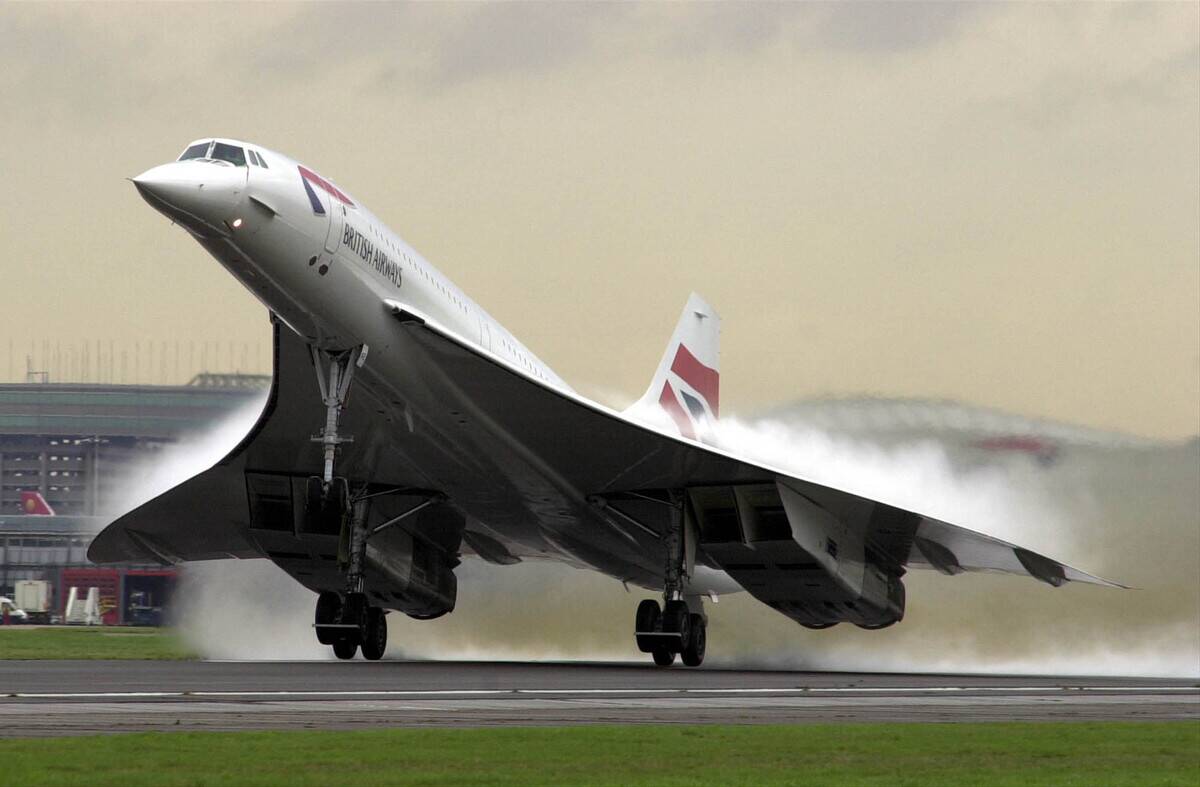
The Concorde represented the pinnacle of commercial aviation, enabling passengers to travel from New York to London in just under three hours. Introduced in the 1970s, this supersonic aircraft could cruise at Mach 2, twice the speed of sound. Despite its allure, the Concorde faced challenges, including high operational costs and environmental concerns over sonic booms. Its retirement in 2003 marked the end of an era, but the Concorde remains an icon of engineering prowess and luxury air travel.
Boeing 747: The Queen of the Skies
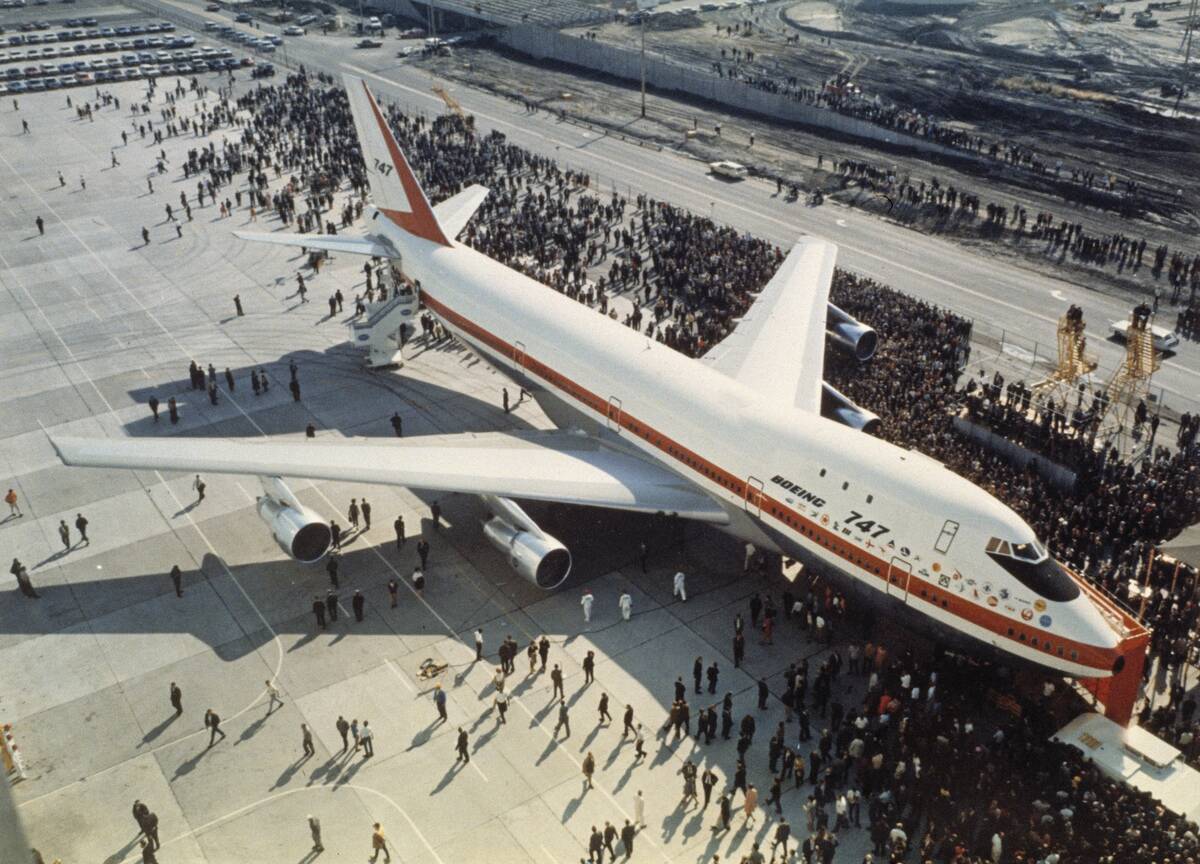
The Boeing 747, affectionately known as the “Queen of the Skies,” revolutionized air travel with its massive size and capacity. First introduced in 1970, the 747 made long-haul flights more accessible to the masses. Its distinctive hump-back design housed a second deck, typically used for first-class seating or lounges. The 747’s impact on global travel is immeasurable, connecting distant corners of the world and setting new standards for aviation. Even as newer models emerge, the 747’s legacy endures.
Lockheed SR-71 Blackbird: The Speed Demon
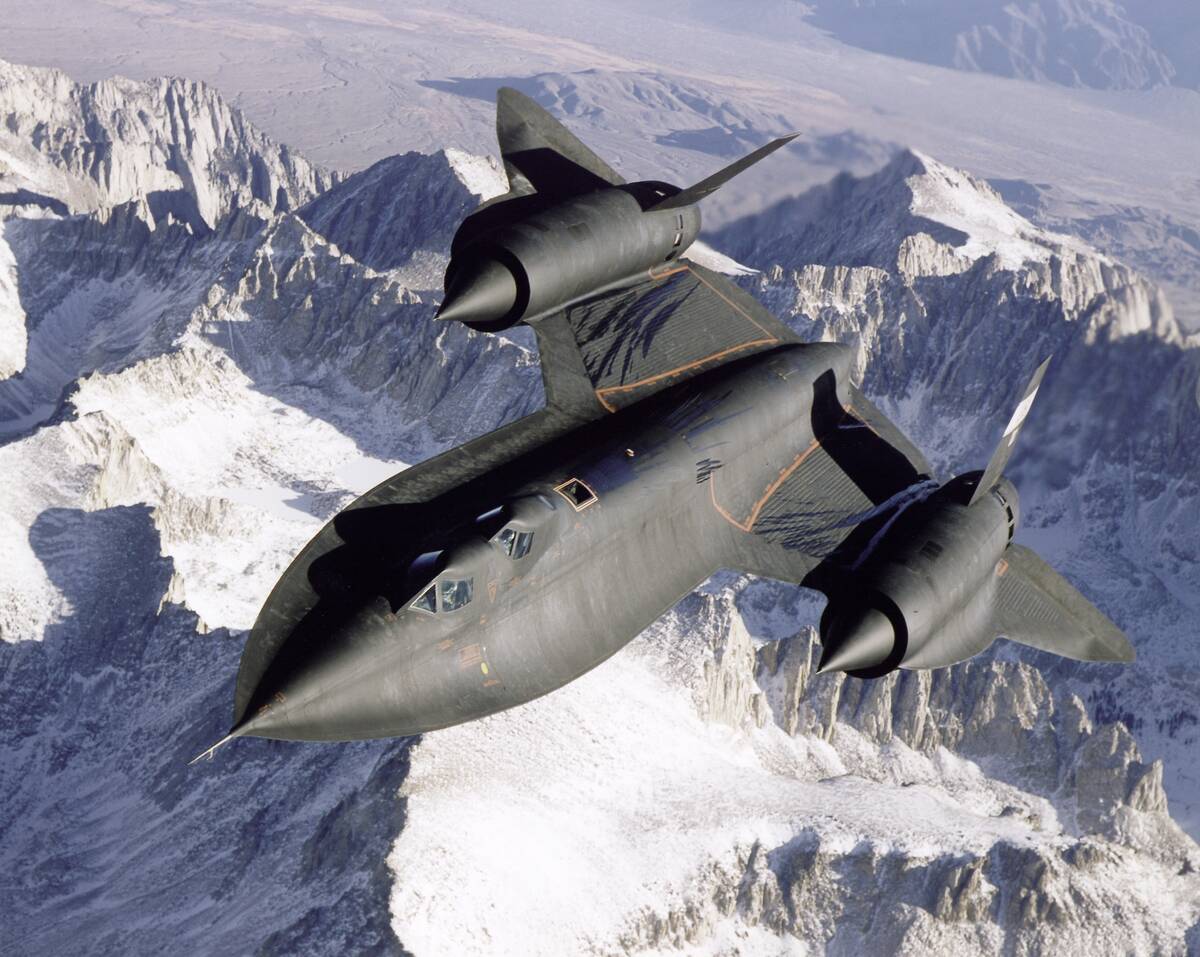
The Lockheed SR-71 Blackbird was a marvel of aeronautical engineering, designed to outpace threats with its unmatched speed. Capable of flying at Mach 3, the Blackbird could outrun missiles, making it a key asset during the Cold War for reconnaissance missions. Its sleek, black design reduced radar visibility, while advanced materials like titanium allowed it to withstand extreme temperatures. The SR-71’s retirement in 1998 marked the end of an era, but its legacy as a speed demon lives on.
Space Shuttle Discovery: A Leap Beyond the Atmosphere
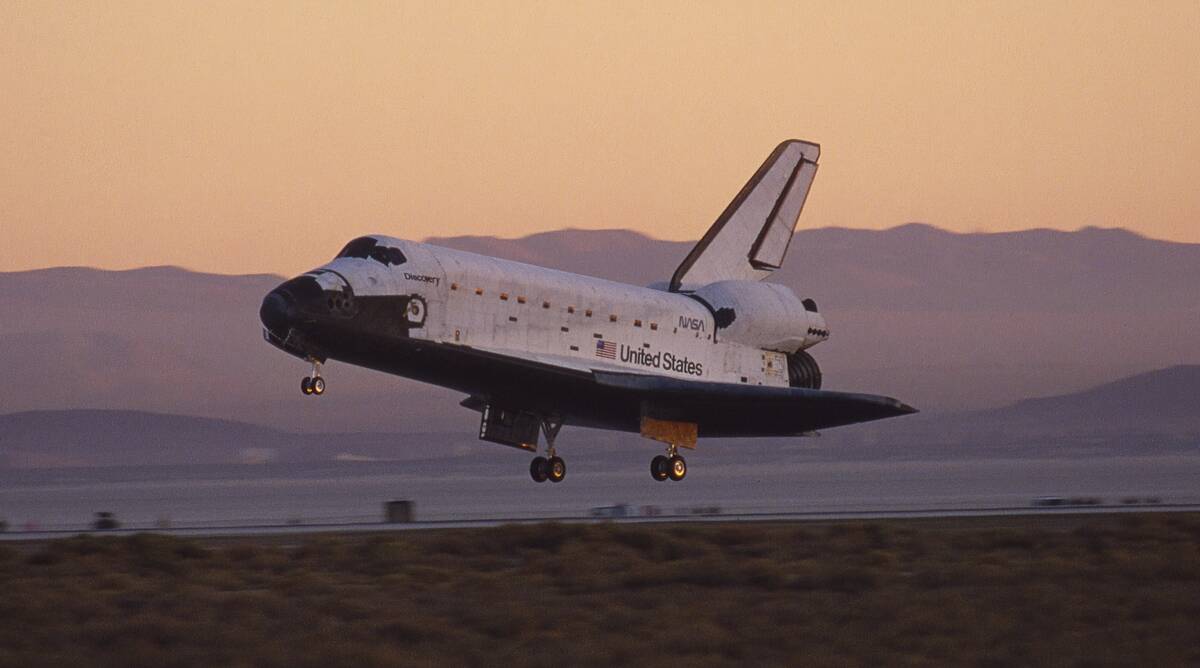
Space Shuttle Discovery played a pivotal role in NASA’s space exploration efforts, with 39 missions over its 27-year career. Launched in 1984, Discovery was part of the shuttle fleet that facilitated the construction of the International Space Station and deployed the Hubble Space Telescope. Its missions also included pioneering satellite launches and scientific experiments. Discovery’s final flight in 2011 was a bittersweet farewell, as it transitioned from a symbol of human ingenuity to an exhibit at the Smithsonian.
Red Baron’s Fokker Dr.I: The Ace’s Tri-Winged Legend
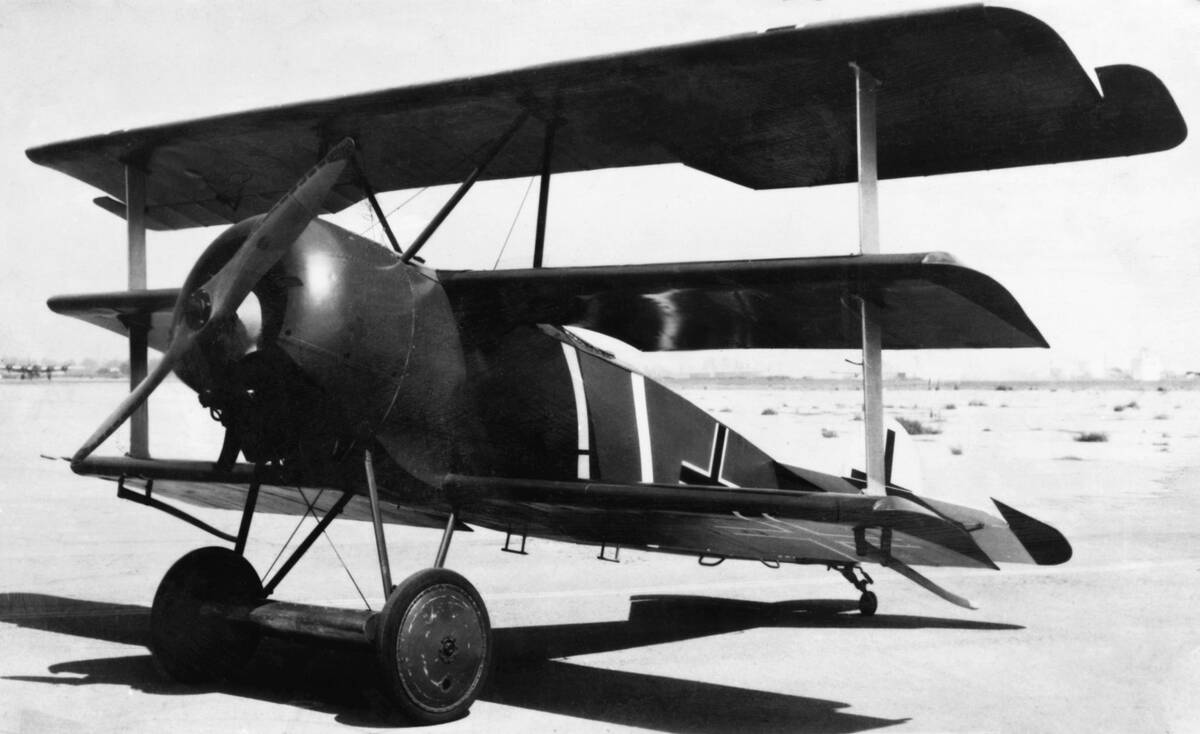
The Fokker Dr.I triplane became synonymous with the legendary World War I ace, Manfred von Richthofen, better known as the Red Baron. Its distinctive three-wing design provided exceptional maneuverability, allowing pilots to execute sharp turns during dogfights. Despite its limited production, the Dr.I’s reputation was cemented by the Red Baron’s exploits in the skies over Europe. Richthofen’s charisma and flying prowess made the Fokker Dr.I an enduring symbol of aerial combat and military aviation history.
Airbus A380: The Giant of Commercial Aviation
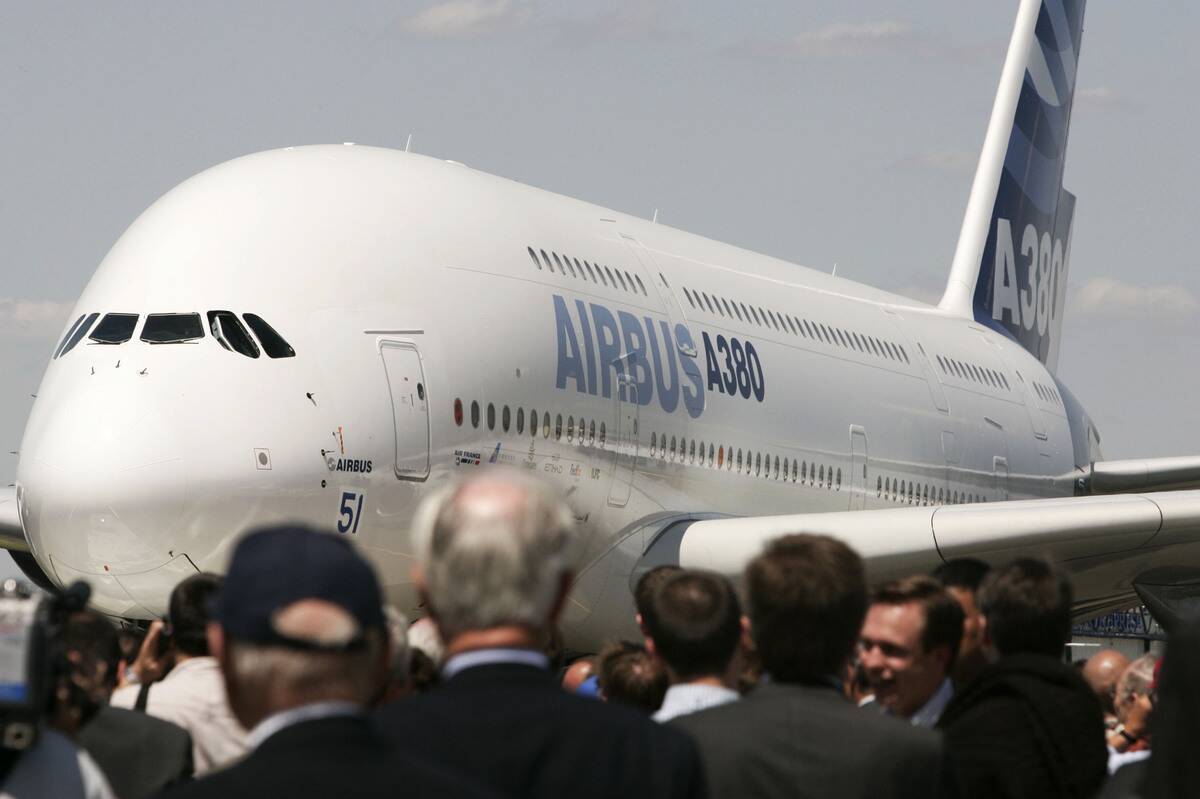
The Airbus A380 is renowned as the world’s largest passenger airliner, capable of carrying over 500 passengers in a typical configuration. First introduced in 2007, the A380 brought new levels of comfort and efficiency to long-haul travel. Its double-deck design features spacious cabins and advanced in-flight entertainment systems. Despite challenges like high operating costs, the A380 remains a marvel of modern engineering, offering a unique flying experience and demonstrating the possibilities of large-scale commercial aviation.
Spitfire: The Hero of the Battle of Britain
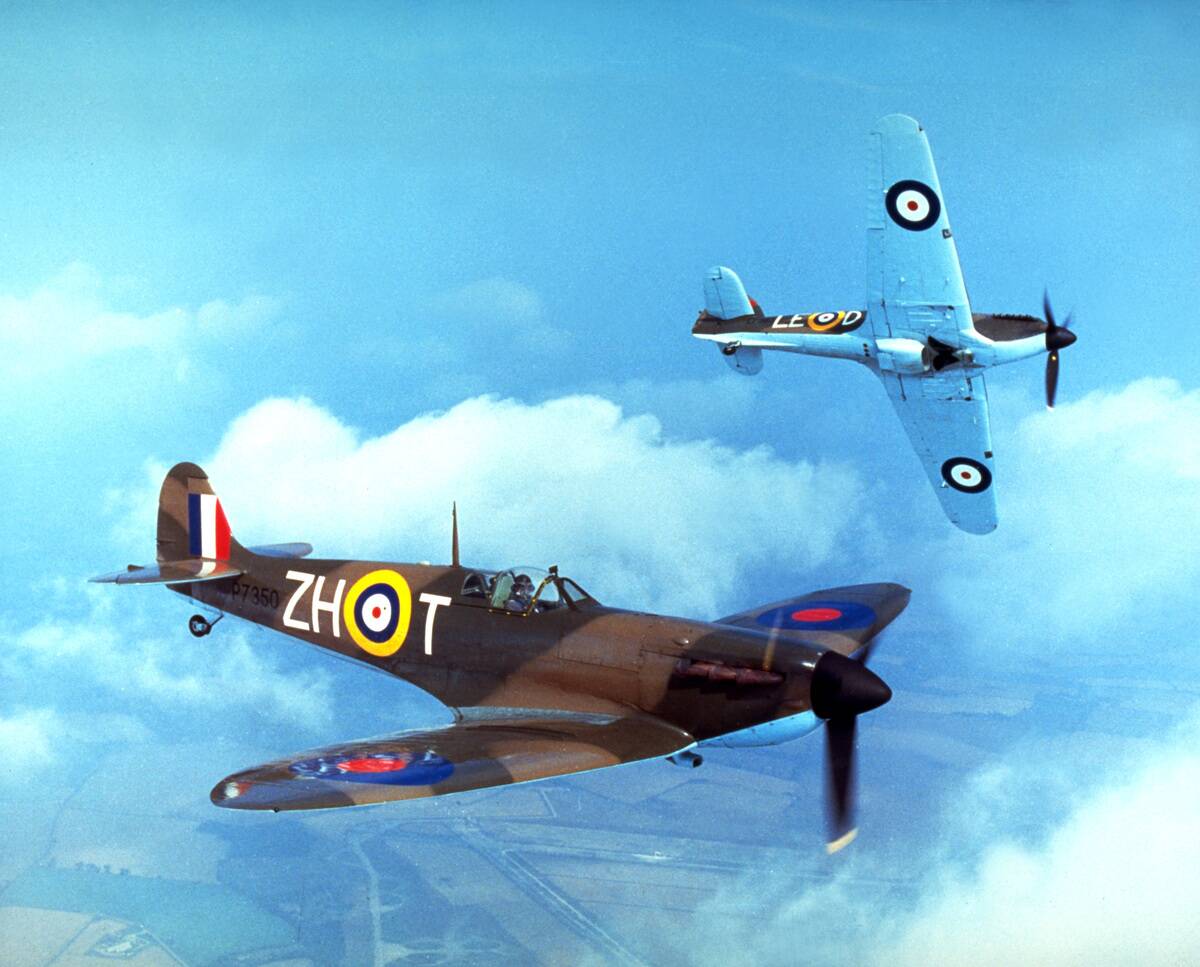
The Supermarine Spitfire is celebrated as a symbol of British resilience during World War II, playing a crucial role in the Battle of Britain. Known for its sleek design and agility, the Spitfire excelled in dogfights against the Luftwaffe. Its Rolls-Royce Merlin engine provided exceptional speed and performance, contributing to its legendary status. The Spitfire’s success in defending the skies cemented its place in history, and it remains one of the most iconic fighter aircraft of all time.
Lockheed Vega: Amelia Earhart’s Trusty Steed
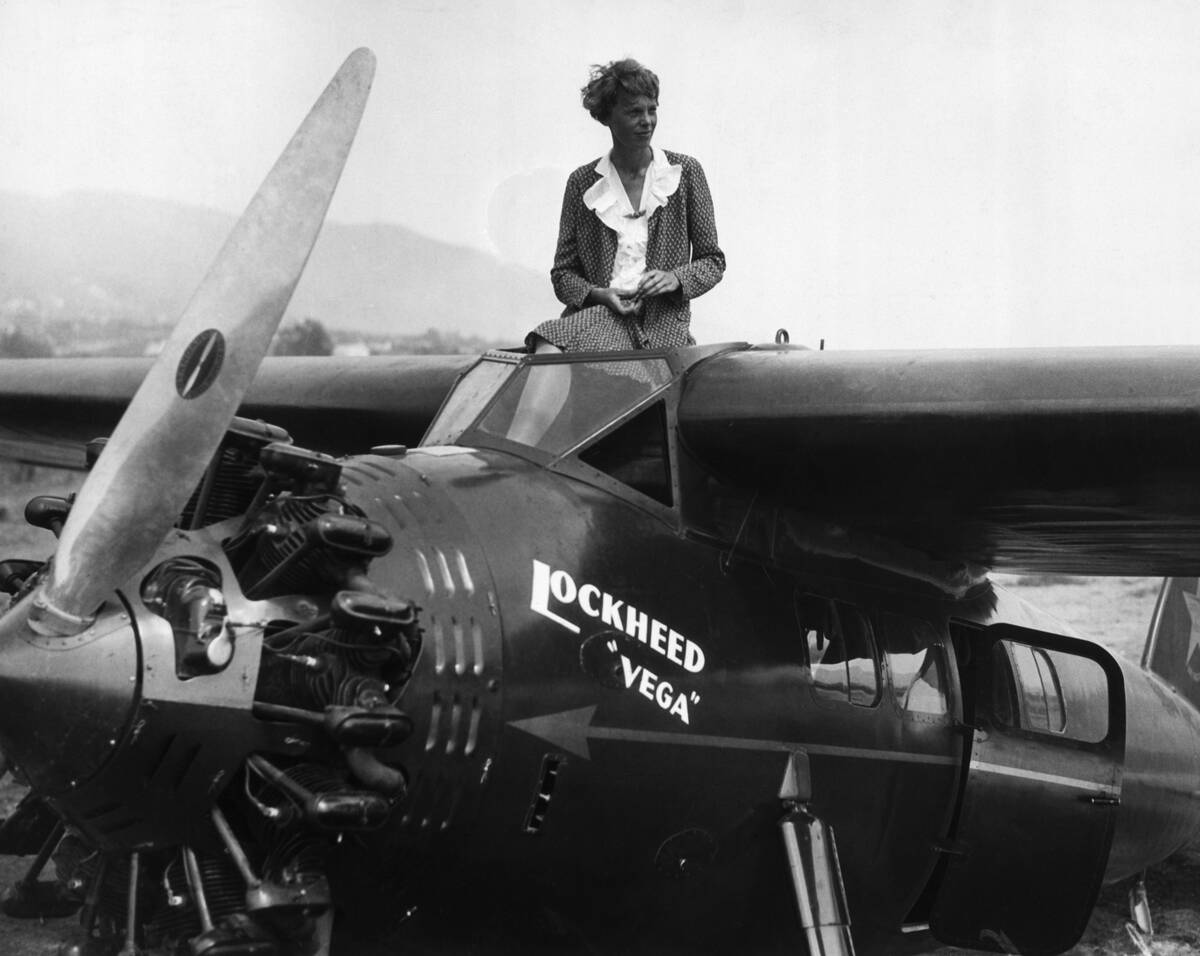
Amelia Earhart’s Lockheed Vega was the aircraft she piloted during her historic transatlantic solo flight in 1932. This robust monoplane was known for its reliability and speed, making it the aircraft of choice for various record-setting flights. Earhart’s journey from Newfoundland to Ireland in the Vega made her the first woman to fly solo across the Atlantic, inspiring generations of female aviators. The Lockheed Vega’s association with Earhart remains a powerful symbol of pioneering spirit and aviation achievement.
B-52 Stratofortress: The Long-Range Bomber
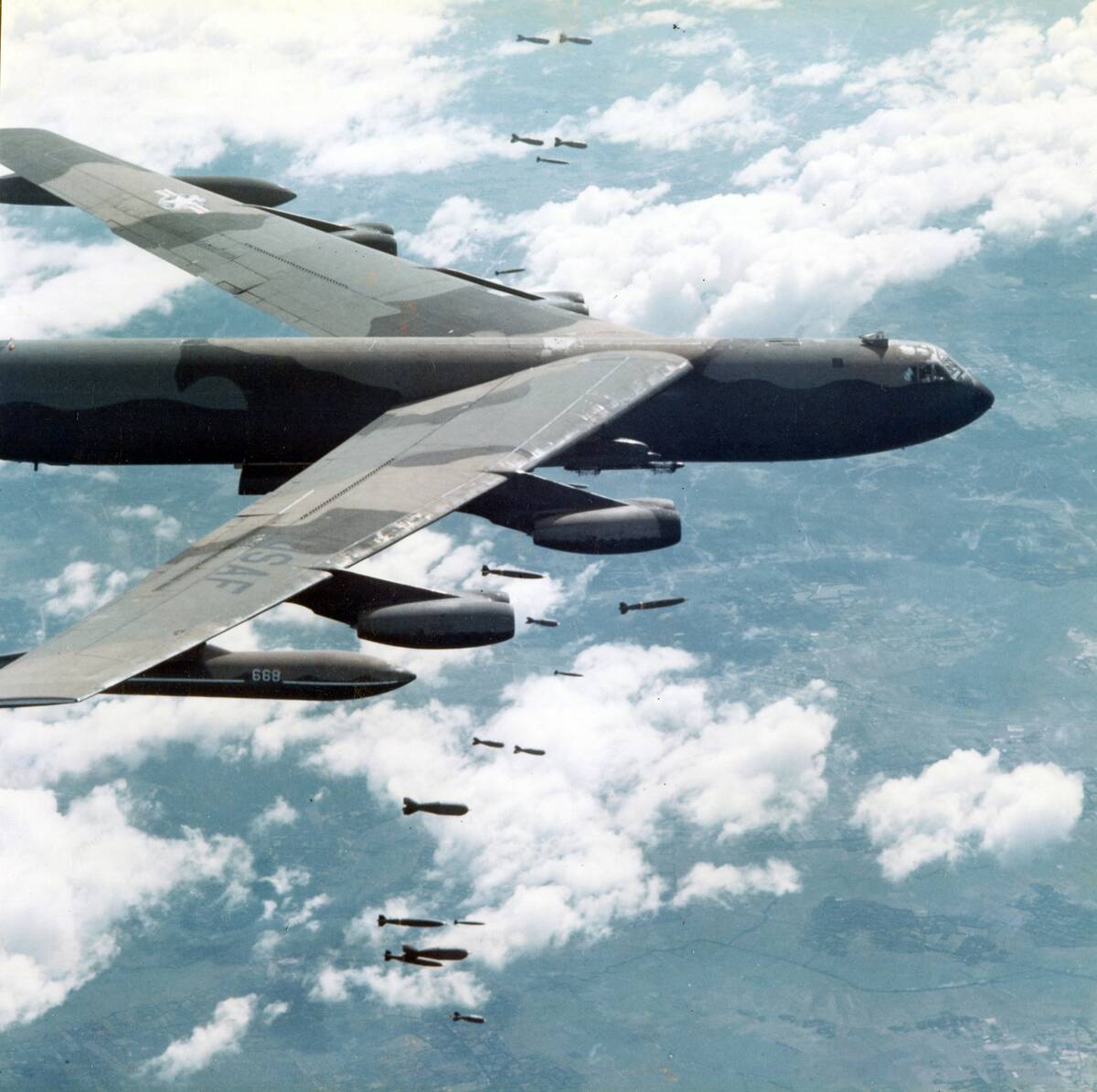
The B-52 Stratofortress has been a cornerstone of the United States’ strategic bomber force since its introduction in the 1950s. Renowned for its long-range capabilities, the B-52 can carry a wide array of weapons, including nuclear payloads. Despite its age, the B-52 remains in service due to continuous upgrades and its versatile design, capable of both high-altitude attacks and low-level penetration missions. Its enduring presence underscores the adaptability and longevity of this iconic aircraft in military aviation.
Cessna 172: The Ubiquitous Trainer
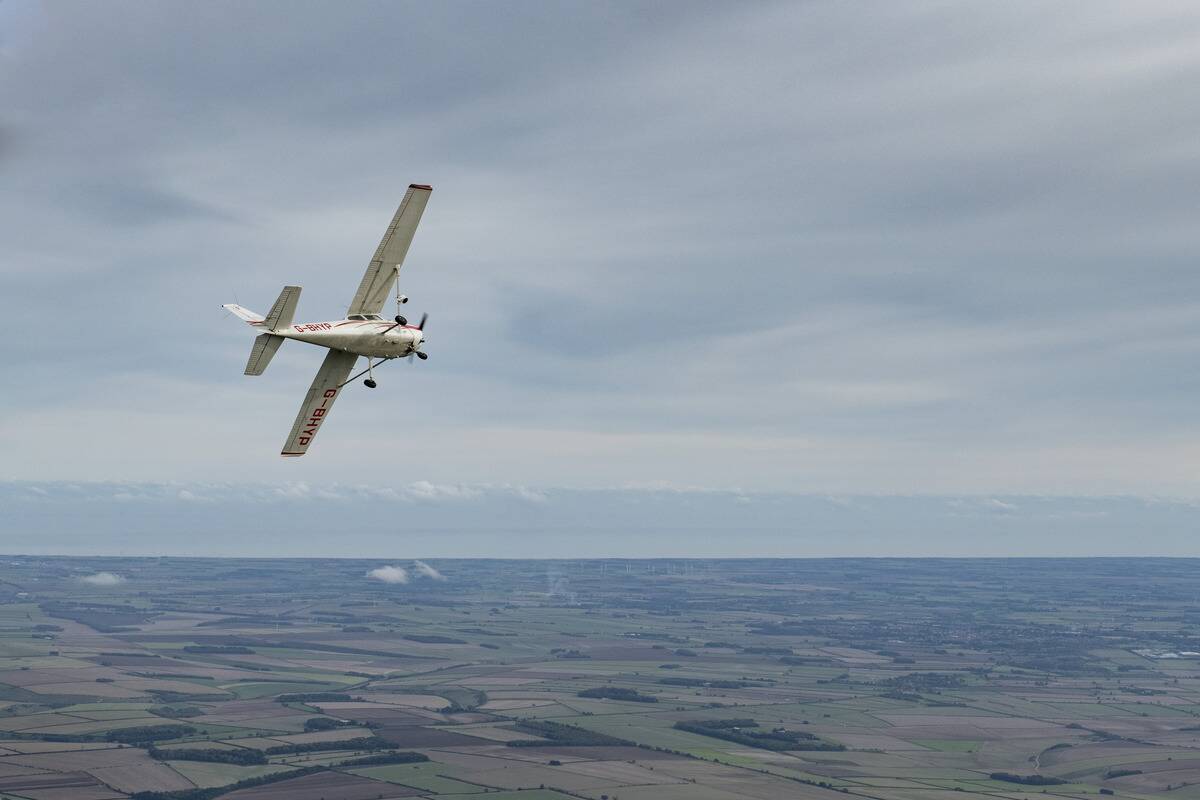
The Cessna 172 Skyhawk is perhaps the most popular training aircraft in the world, with over 44,000 units produced since its debut in 1956. Its forgiving flight characteristics, ease of handling, and reliability make it an ideal platform for flight instruction. The 172’s design has remained largely unchanged, reflecting its success and adaptability in various roles, from personal flying to military training. The Cessna 172 continues to be the aircraft of choice for aspiring pilots around the globe.
Hughes H-4 Hercules (Spruce Goose): The Gigantic Wonder
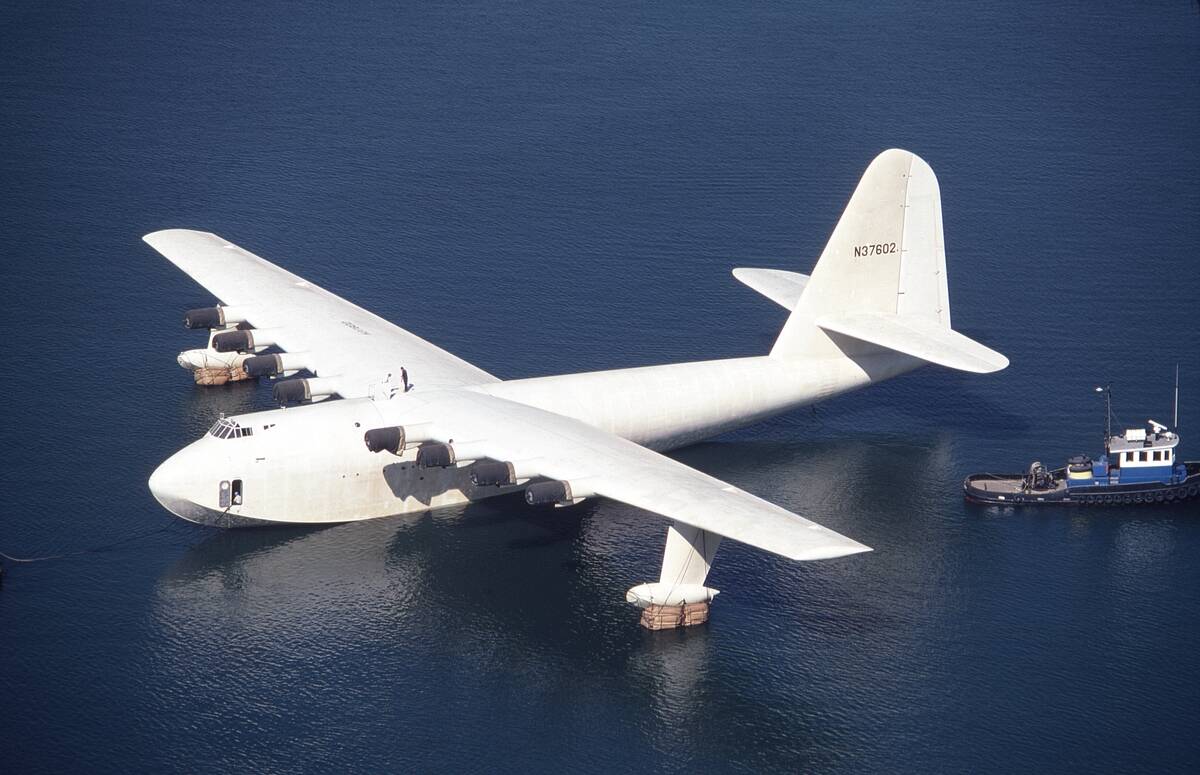
The Hughes H-4 Hercules, commonly known as the Spruce Goose, is a testament to Howard Hughes’ ambition and vision. Despite its name, the aircraft was primarily constructed from birch wood due to wartime material restrictions. Designed as a heavy transport flying boat, the Hercules made its only flight in 1947, covering just one mile. Although it never went into production, the Spruce Goose remains an iconic symbol of innovation, pushing the boundaries of what was possible in aviation engineering.
Messerschmitt Me 262: The Pioneer Jet Fighter
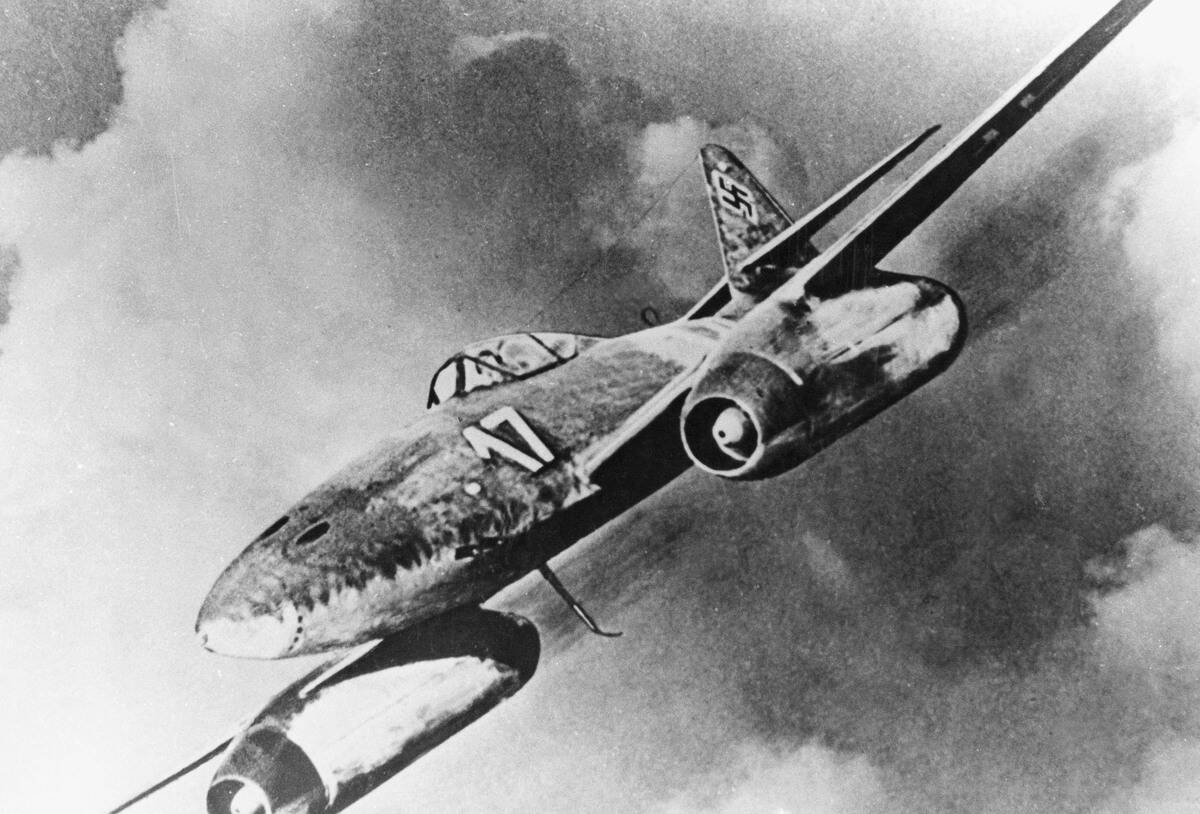
The Messerschmitt Me 262 holds the distinction of being the world’s first operational jet-powered fighter aircraft. Introduced during the final years of World War II, the Me 262 offered unprecedented speed and firepower, capable of outrunning and outgunning Allied propeller-driven planes. Despite its technological superiority, production delays and fuel shortages limited its impact on the war’s outcome. Nevertheless, the Me 262 paved the way for the development of modern jet fighters, revolutionizing aerial combat.
F-22 Raptor: The Stealthy Predator
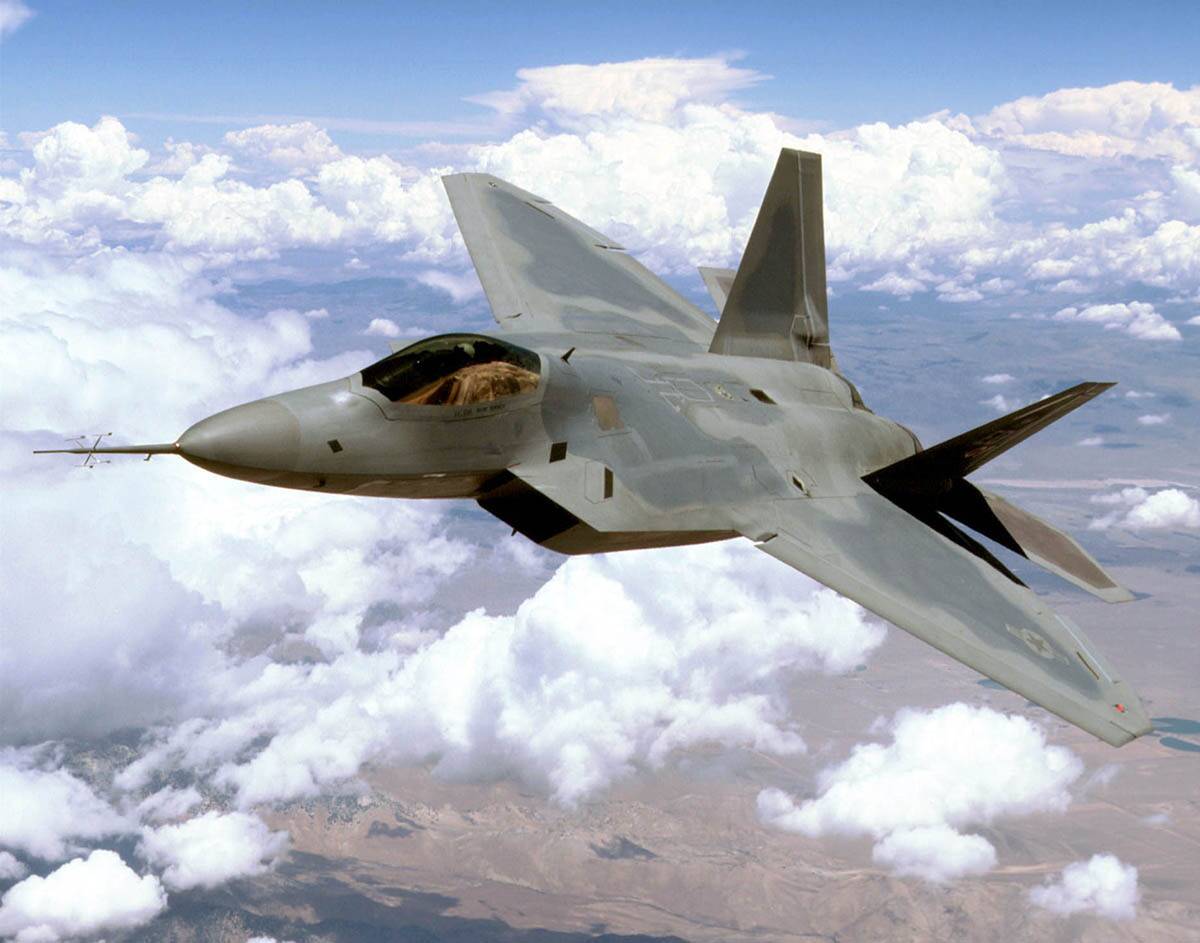
The F-22 Raptor is an advanced tactical fighter that epitomizes stealth and air superiority. Developed by Lockheed Martin, the Raptor incorporates cutting-edge technologies like radar-absorbing materials and thrust vectoring for unparalleled agility. Its ability to evade detection and engage targets at long range makes it a formidable asset in modern air warfare. Although production ended in 2011, the F-22 remains a critical component of the U.S. Air Force, ensuring air dominance in the 21st century.
Tupolev Tu-144: The Concorde’s Soviet Rival
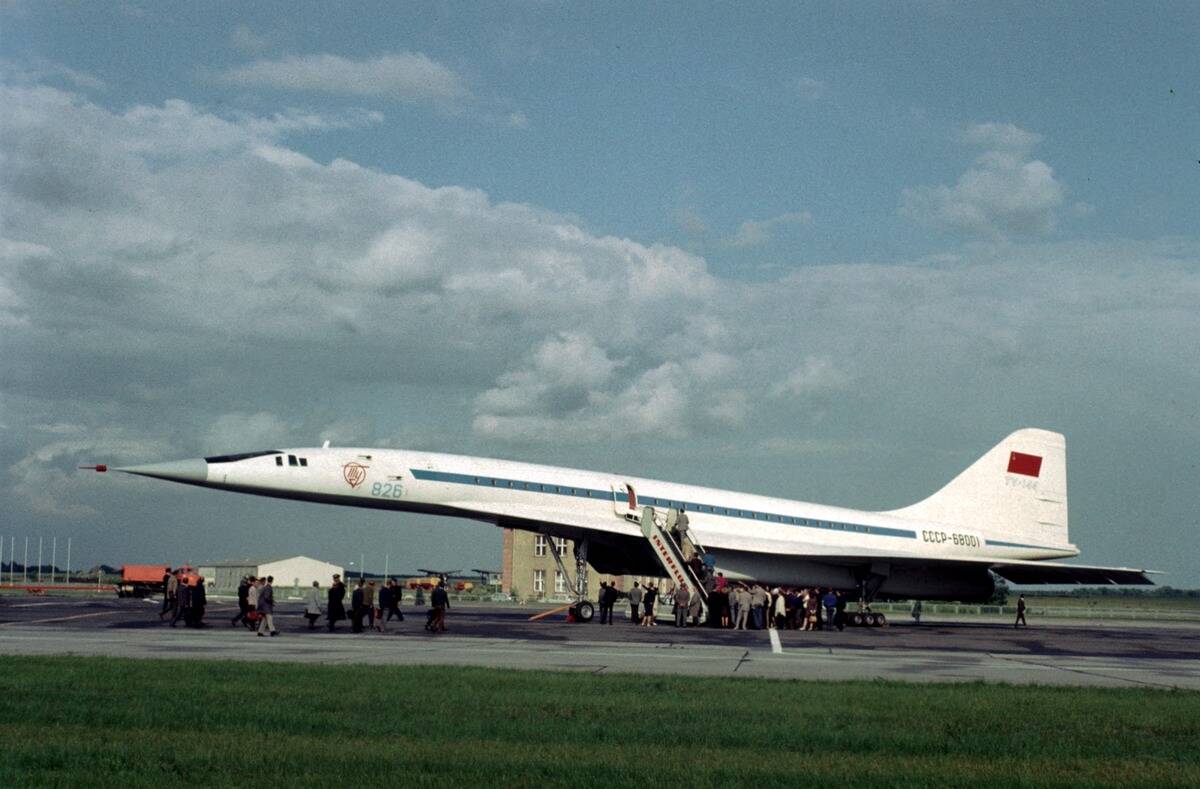
The Tupolev Tu-144 was the Soviet Union’s answer to the Concorde, entering service as the first supersonic passenger jet. Known as “Konkordski,” the Tu-144 boasted impressive speed but faced numerous technical challenges. Its short commercial career was marred by operational issues and safety concerns, leading to its withdrawal from passenger service. However, the Tu-144 remains a fascinating chapter in aviation history, showcasing the intense competition and ambition of the Cold War era’s technological race.



